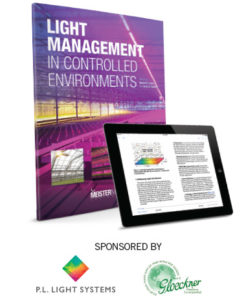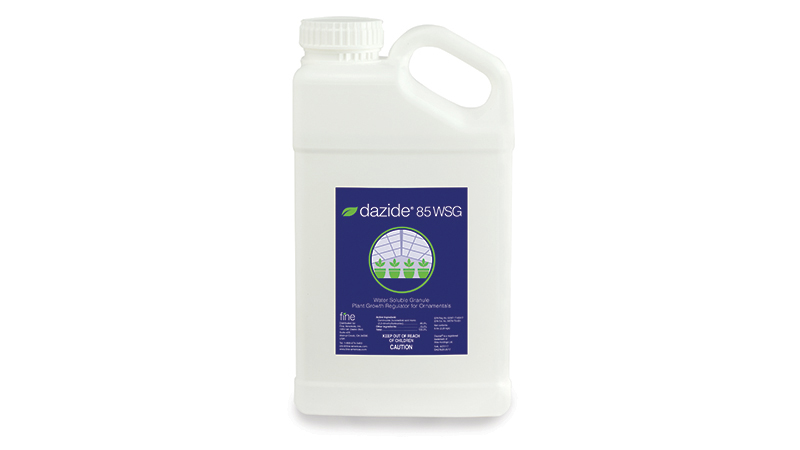“Light Management in Controlled Environments” Now Available on Amazon
 Ever since the revelation that light spectrum influences plant properties, growers’ interest in the impact of lighting on greenhouse production has soared, especially where light-emitting diodes (LEDs) are concerned. Until a few years ago, LED technology was an emerging field waiting to realize its full potential. That has changed as more research proves the benefits of LEDs for enhanced crop production.
Ever since the revelation that light spectrum influences plant properties, growers’ interest in the impact of lighting on greenhouse production has soared, especially where light-emitting diodes (LEDs) are concerned. Until a few years ago, LED technology was an emerging field waiting to realize its full potential. That has changed as more research proves the benefits of LEDs for enhanced crop production.
Along with the many recent advances in lighting technologies have come even more questions from growers and others in the industry about how to make the most of these new developments to meet the varying light requirements of different crops.
“Light Management in Controlled Environments” brings together the latest findings from scientific studies geared toward advancing the science and application of lighting for specialty crop production. Editors Dr. Erik Runkle and Dr. Roberto Lopez of Michigan State University, along with 19 other leading plant scientists from around the globe, discuss technology options for shade and lighting, including the latest developments in greenhouse and sole-source lighting.
The book is available through Amazon in Kindle format or in print format.
• How light influences the growth and development of specialty crops grown in controlled environments
• How to manage photoperiod, light intensity, and daily light integral for stock plant and cutting production
• What the latest developments are in greenhouse supplemental, photoperiodic, and sole-source lighting
• Technology options for shade and lighting
• The most effective wavelengths to control flowering
• Economic considerations for purchasing a lighting system for young plant production
• How to produce flowering perennials at virtually any time of the year
• The relationship between daily light integral and yield
• Strategies for lighting greenhouse vegetables.
Chapter by Chapter:
Chapter 1: Intro to light management
Chapters 2-4: Biology and management of photosynthesis, photomorphogensis, and flowering with light quantity, quality, and photoperiod
Chapters 5-10: Options and costs of different glazing and shading materials; sole-source, supplemental, and photoperiodic lighting technologies; CO2 supplementation
Chapters 11-18: Light management of specific floriculture crops, micro and leafy greens, and vegetables











